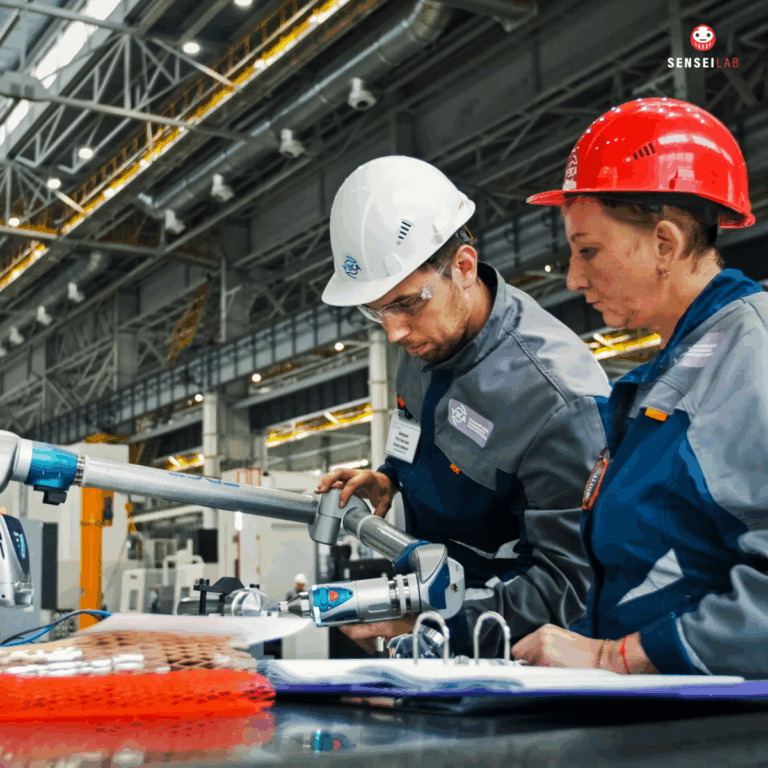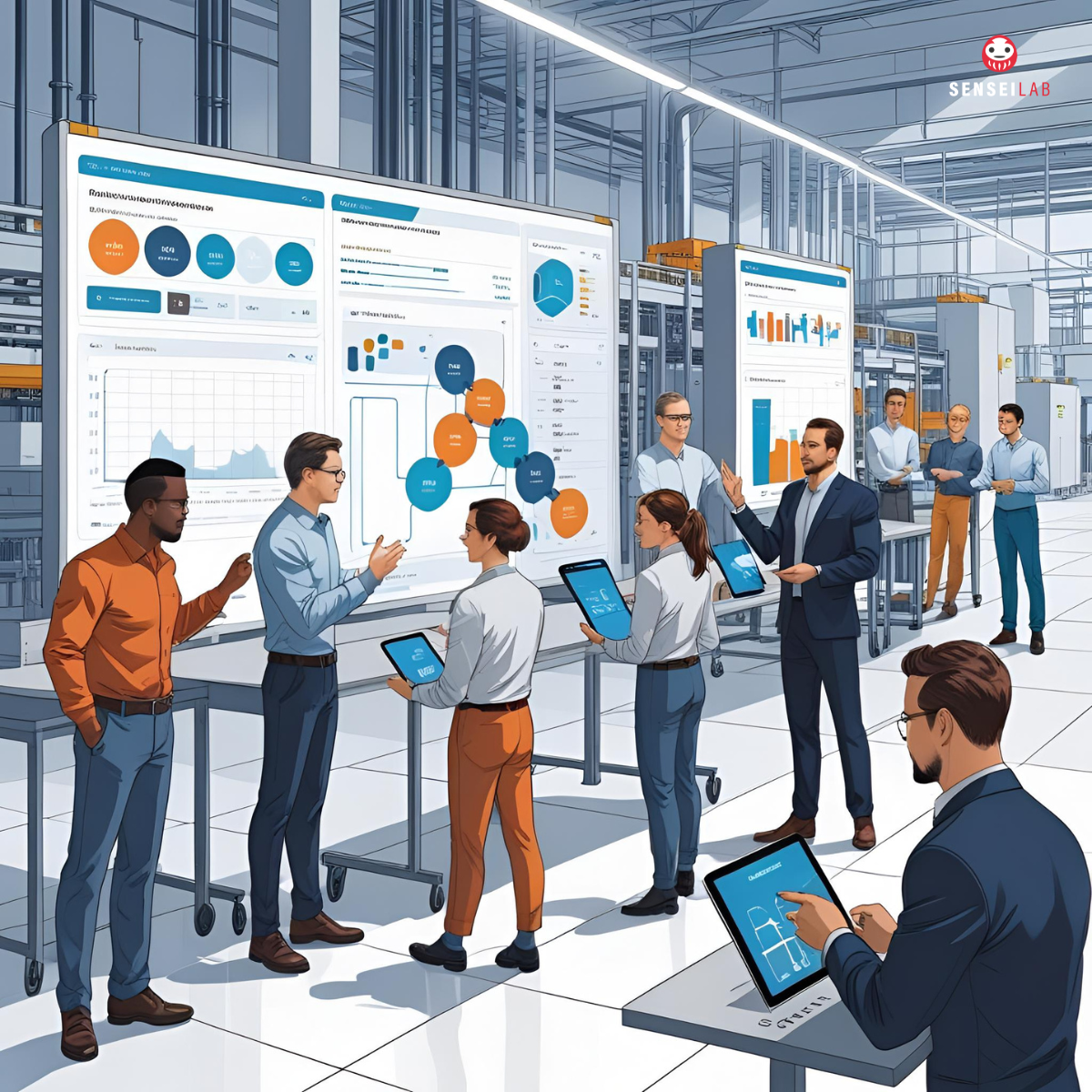At a manufacturing plant in northern Ohio, downtime on Line 2 had become routine.
It always happened on second shift. Machine 14—critical to final assembly—would jam without warning. Operators would scramble to reset it. Maintenance would rush in. Production would fall behind. The schedule would get reshuffled. It was all expected, yet no one had a clear explanation.
Over time, it became just another part of the job.
The cost? Nearly $190,000 per year in lost throughput and unplanned overtime. But even more concerning was the growing frustration on the shop floor. People had stopped asking why. They were too busy dealing with the aftermath.
That’s when plant leadership made a different kind of decision: instead of launching another round of technical fixes, they brought in SenseiLab to help the team build its own problem-solving capability.
A Shift in Approach
The initial reaction wasn’t excitement. It was skepticism.
Operators felt unheard—”We’ve reported this for months and nothing has changed.” Maintenance resisted—”We don’t have time for meetings. We need to fix things.” Supervisors worried about being blamed.
SenseiLab didn’t arrive with a solution. They brought a process—and patience. Their coaches introduced the team to structured A3 thinking, grounded in Lean principles. But more importantly, they helped guide a shift in mindset.
Three collaborative sessions were held over two weeks.
- Reframing the ProblemThe team moved from vague frustration to a clearly defined problem:
“Inconsistent part alignment during second shift is causing Machine 14 to jam, resulting in an average of 3.5 hours of downtime per week.”
That level of precision made the issue visible—and solvable. - Going to the GembaCross-functional team members—including operators, maintenance, engineering, and procurement—spent time observing the process firsthand.
Using the “5 Whys,” they discovered that the jams weren’t caused by a machine failure at all. They stemmed from a subtle misalignment in the part feed—triggered by inconsistencies in how components were packaged by an upstream supplier. Worn guide rails and missing standard checks only made things worse. - Developing the Solution TogetherRather than applying a pre-baked fix, the team designed their own countermeasures:
- The infeed guide rails were modified for stability.
- A visual inspection checklist was created and integrated into shift startup routines.
- Procurement worked directly with the supplier to standardize packaging dimensions.
What changed was not just the outcome—but who owned it.
The Results
Four months after implementation:
- Zero unplanned downtime related to Machine 14
- $190,000 in savings through regained productivity and reduced overtime
- A practical infeed check now embedded into daily routines
- The supplier updated their internal packaging controls to match new standards
But the most impactful shift wasn’t on a spreadsheet—it was on the floor. Operators who once felt ignored were now leading improvement discussions. Maintenance technicians who resisted early meetings now joined daily problem huddles. Supervisors shifted from directing to coaching.
One shift leader summed it up best:
“We solved more in three weeks by thinking differently than we did in six months of reacting.”
Why It Worked
This wasn’t a consulting project—it was a capability-building exercise.
SenseiLab’s role was never to solve the problem for the team, but to create the conditions for them to solve it themselves. Through coaching, gemba facilitation, and structured problem-solving, they helped unlock the full potential of the people closest to the work.
Problem solving, when done right, is not a tool. It’s a catalyst—for alignment, trust, and long-term performance.
If you’re facing recurring issues that just won’t go away, the answer may not be more resources—but more thinking. Let’s explore how SenseiLab can support your team in building real, lasting problem-solving capability.




